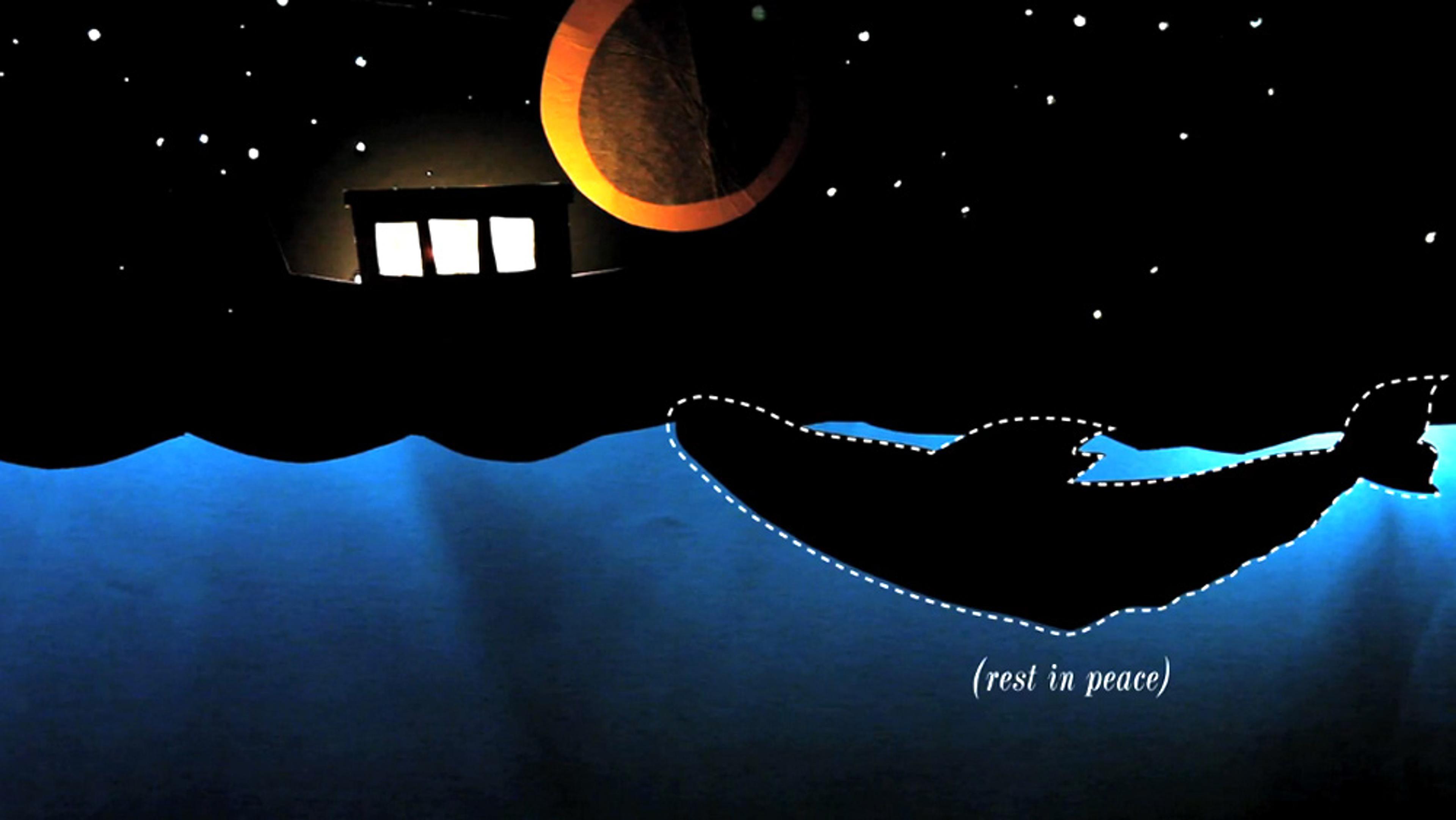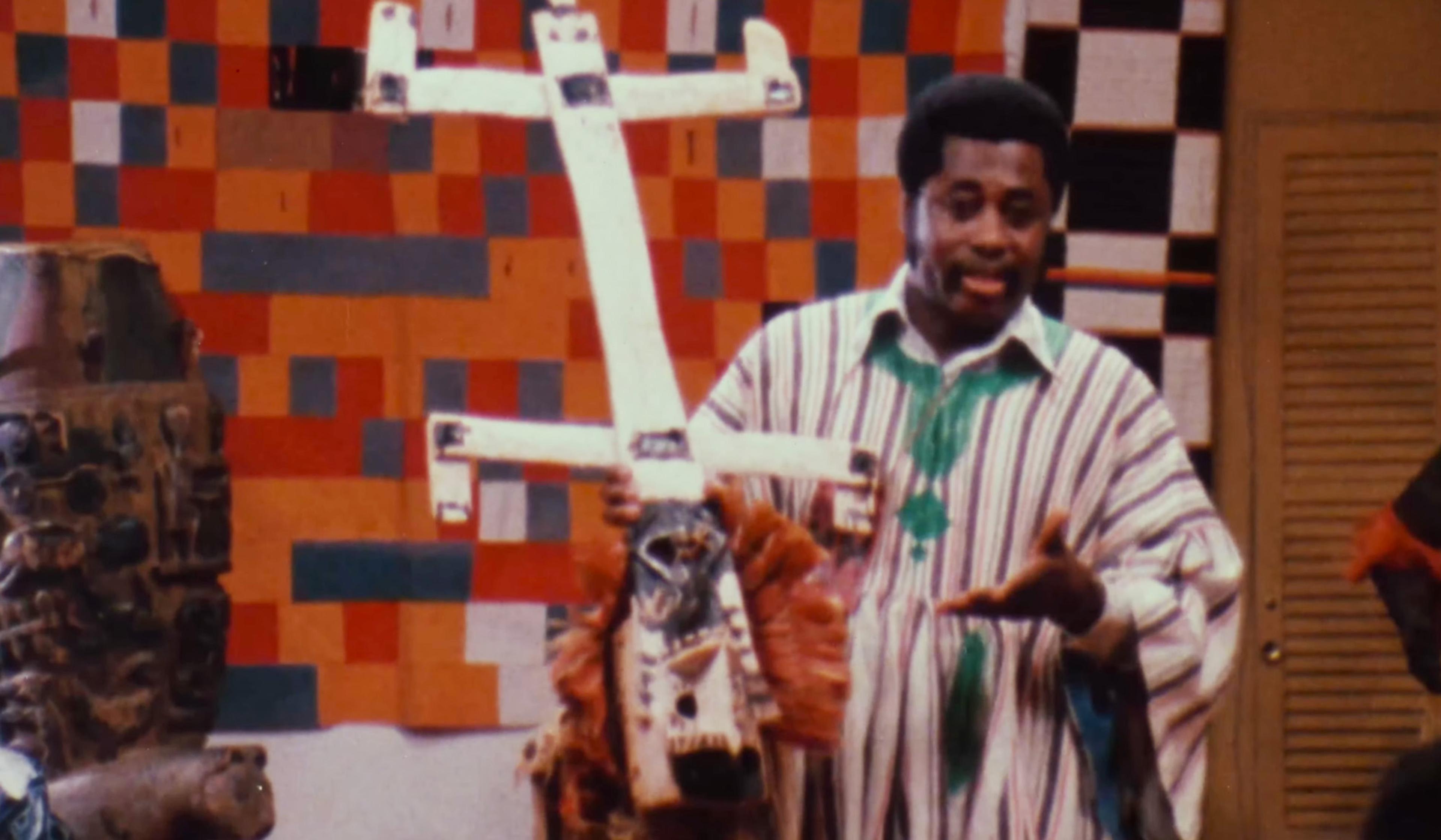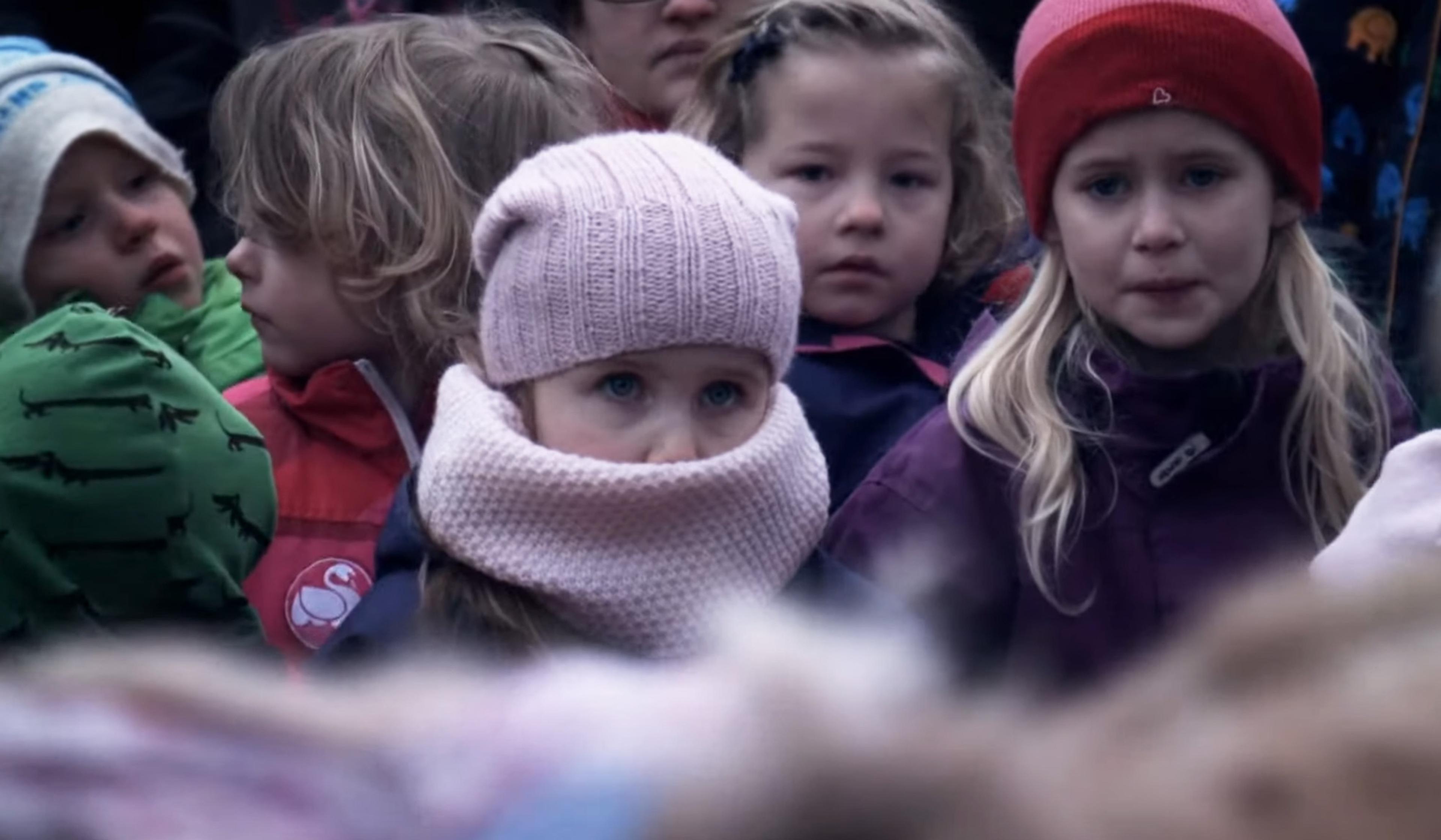The Natural History Museum of Los Angeles County’s so-called ‘whale warehouse’ is easy to miss: from the outside, it’s a nondescript industrial building down the street from a meatpacking plant. But the collection of large mammal bones within – including enormous whale skulls and skeletons too massive to fit on shelves – is one of the biggest of its kind in the world. Exploring the reasons we hoard things, the specifics of the museum’s collection, and the ways in which the collection is used for research, The Whale Warehouse draws fascinating links between the psychology of collecting and the pursuit of knowledge.
The sprawling, stinking marvels of a natural history museum’s specimens
Producers: Mae Ryan, Grant Slater

videoDeath
The beached carcass of a blue whale is a terrible, wondrous sight
4 minutes

videoHistory of science
A museum’s uneasy alliance between scientists and flesh-eating beetles
3 minutes

videoEcology and environmental sciences
A whale can live 50-75 years. Its afterlife is equally long and spectacular
4 minutes

videoBiology
What would it mean if we were able to ‘speak’ with whales?
65 minutes

videoAnimals and humans
Are zoos and natural history museums born of a desire to understand, or to control?
57 minutes

videoArt
From archaeology digs to display cabinets: how museums bring exhibits to life
37 minutes

videoEvolution
Watch as the whale becomes itself: slowly, slowly, from land to sea, through deep time
10 minutes

videoAnimals and humans
An unflinching look at a provocative public dissection of a ‘surplus’ zoo lion
13 minutes

videoEcology and environmental sciences
What is it like to make eye contact with a dying whale?
2 minutes